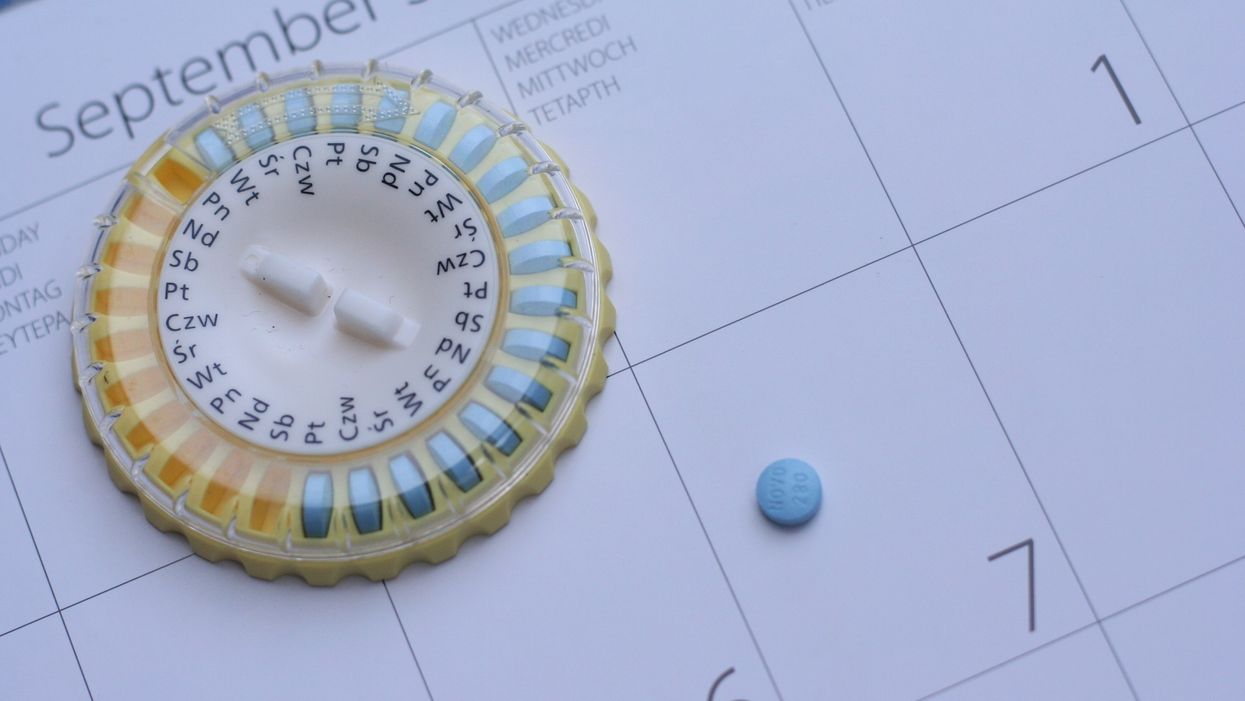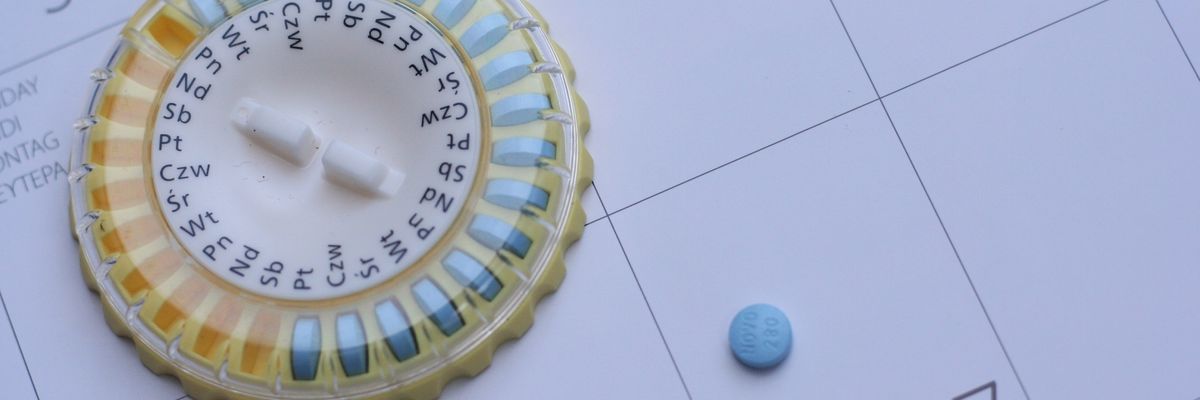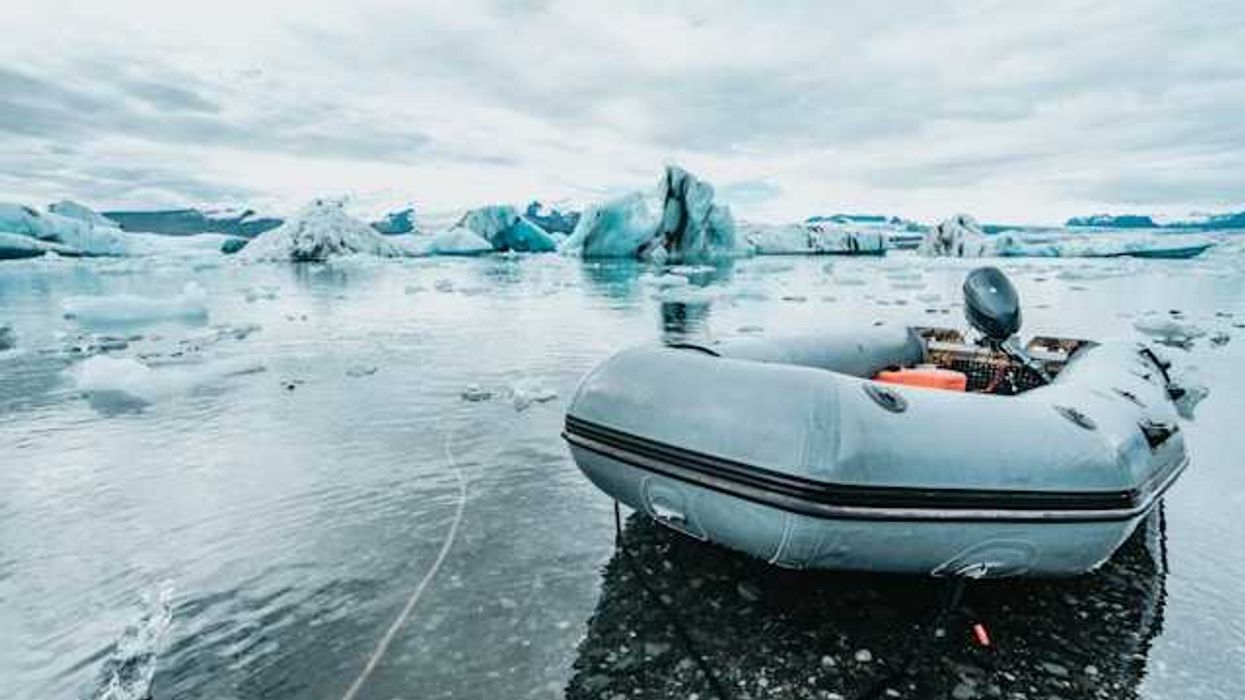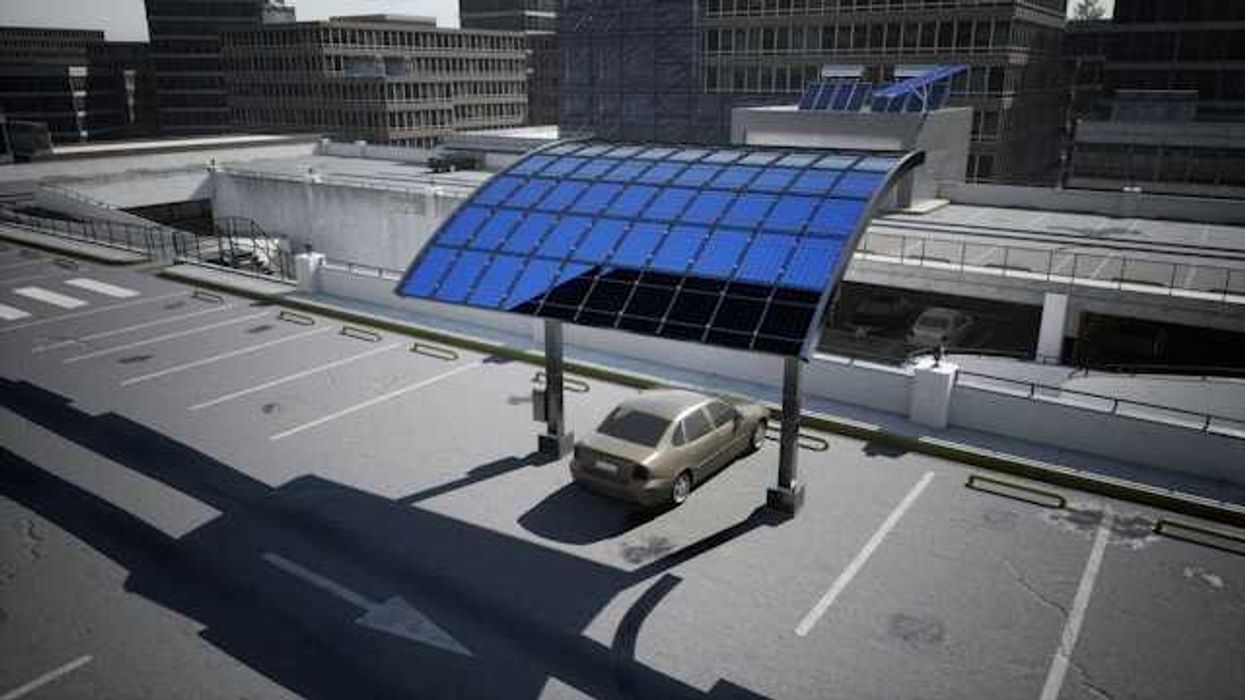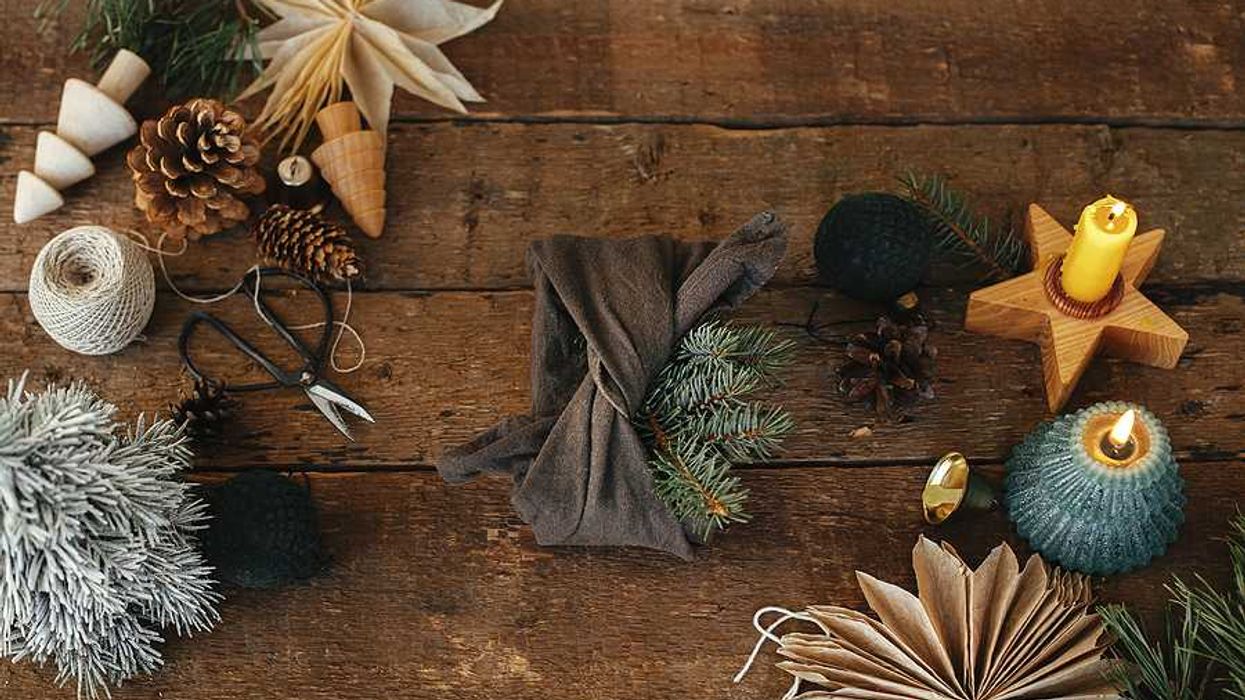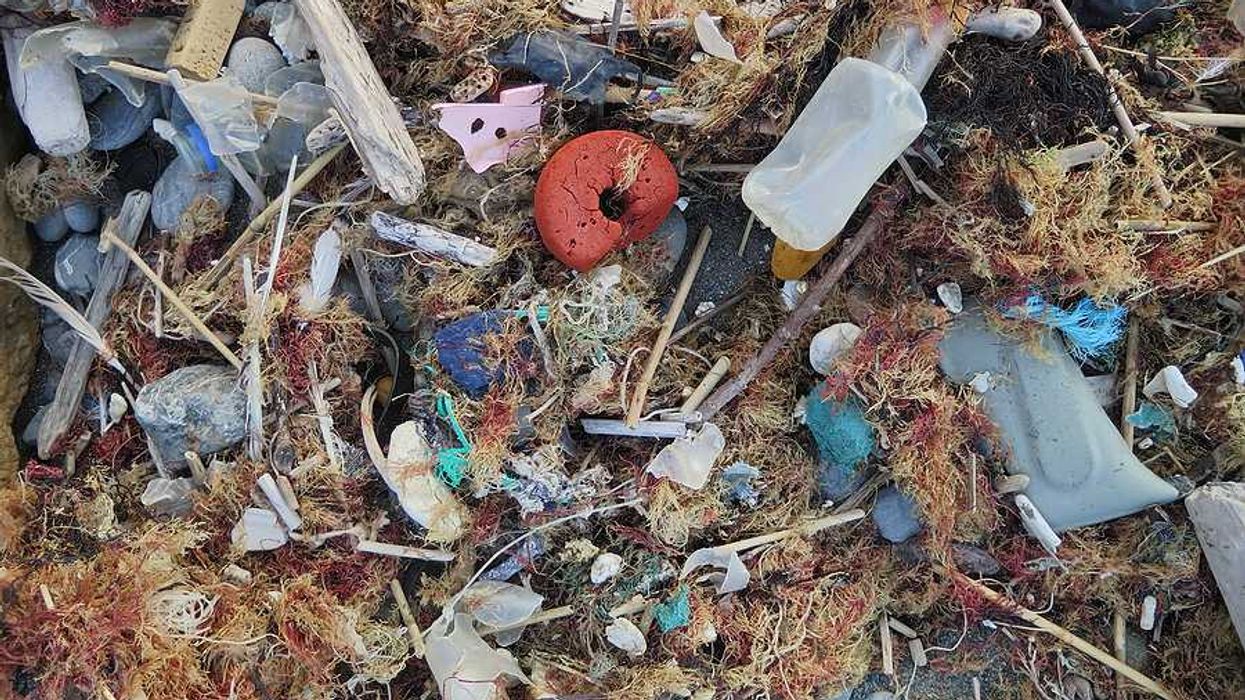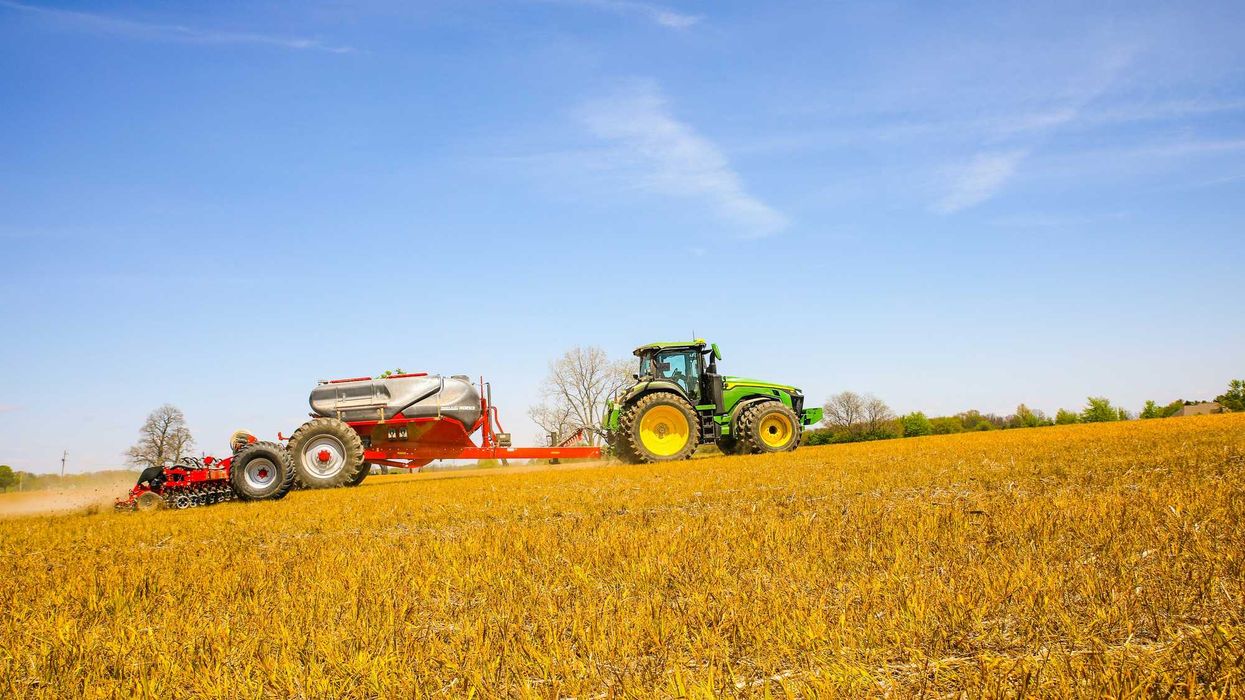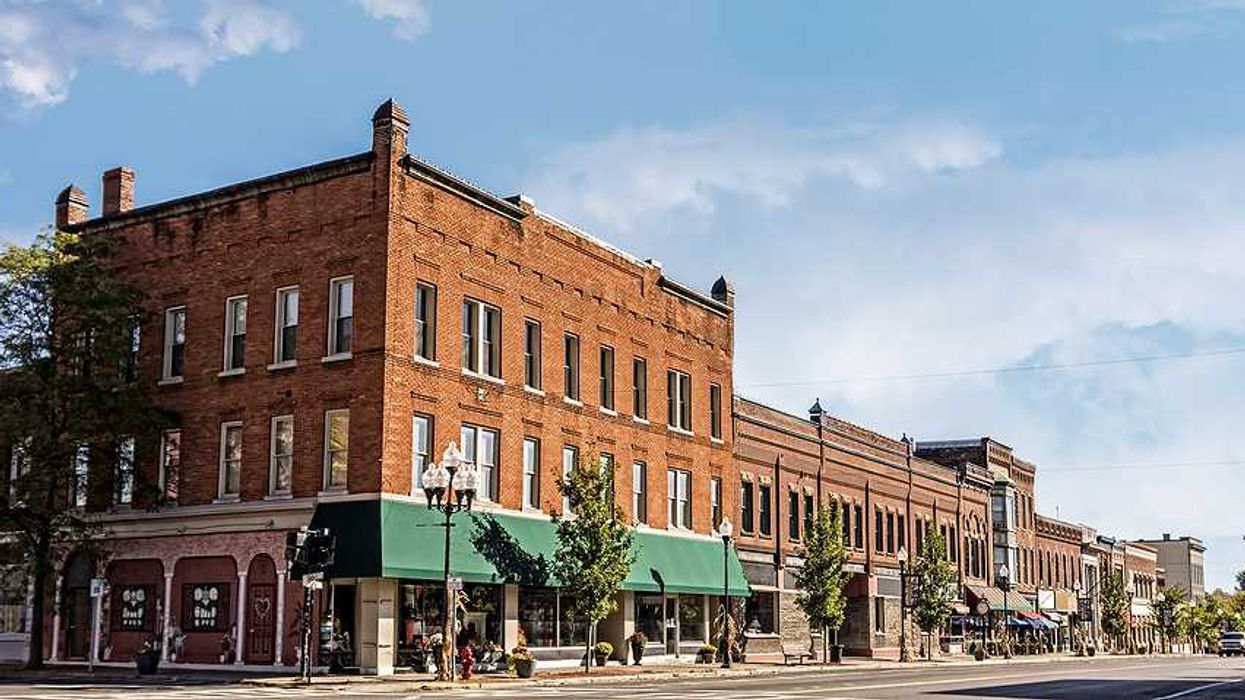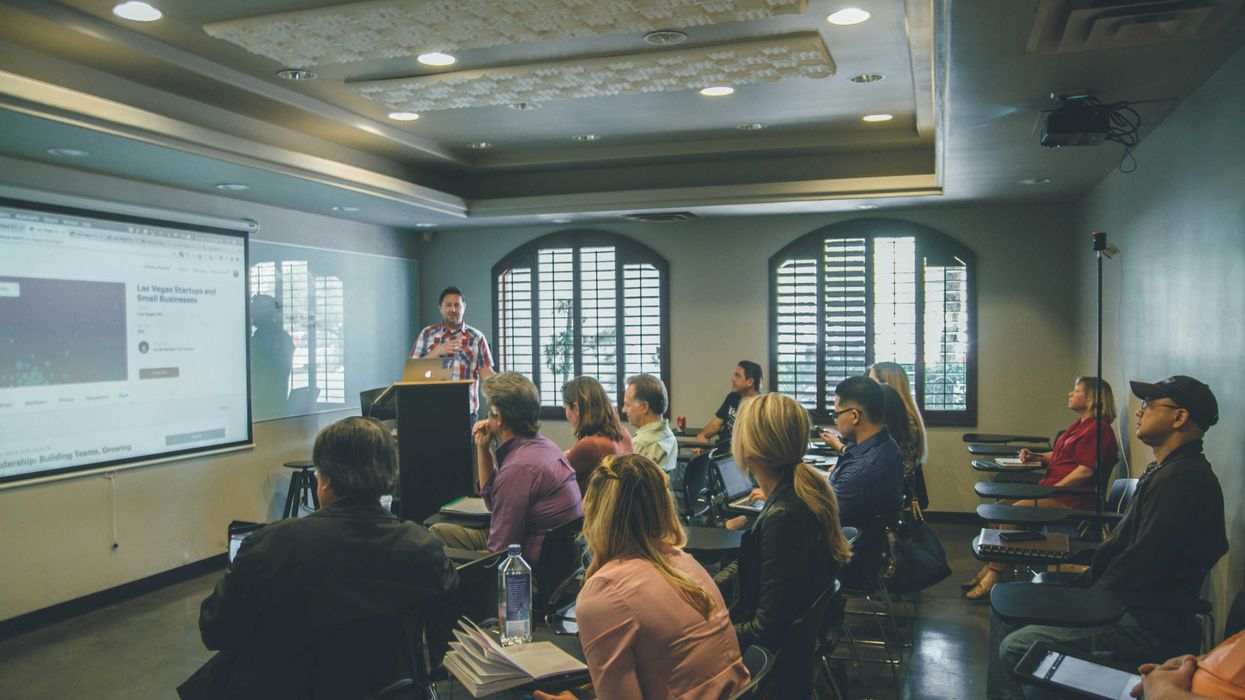One pill in particular—a pill so iconic in American life that it is simply called "The Pill"—contributes, in the aggregate, to a significant amount of hormones in wastewater and, potentially, in drinking water.
Since its introduction in 1960, birth control pills have, in one form or another, been a staple prescription drug.
Today, nearly 27 percent of American women who are avoiding pregnancy take a birth control pill, a dose of synthetic estrogen that tricks a woman's body's endocrine system and suppresses ovulation. That one variety of pill, taken for 21 days out of every 28, adds over 10 million doses to America's wastewater every day.
In addition to the women taking birth control pills, there are millions of other women beyond childbearing age who take estrogen and other hormone supplements to help moderate the effects of menopause.
Even after a series of cancer scares led to a nearly 60 percent drop in the use of estrogen replacement therapy, more than four million American women still take a daily regimen of hormonal supplements to mitigate menopausal conditions.
At one point, though, in the early 2000s, more than 20 million women in the U.S. were taking hormones as birth control pills, as a means of regulating menstruation, or to moderate the effects of menopause.
Currently, usage by those groups has been reduced to a still sizable total population of around 15 million regular users, but at whatever level of usage, all of these pills add to the total residue of estrogen hormones in the water.
Since women aren't the only ones ingesting these chemicals, the volume of hormones that can be contaminating our water is far higher. Livestock are fed estrogen or other similar hormones to promote growth and, in the case of dairy cows, they are often treated with hormones to boost milk production.
Similar to humans, within hours of these millions of animals ingesting these drugs, the hormones are eliminated.
In addition, cows and other female livestock naturally produce estrogen, and this is also excreted.
Whether transported to a local waterway after some form of water treatment at a feedlot or eliminated as animal waste and absorbed by the soil to percolate into groundwater, the residues of all of this estrogen also contribute to the total.
Beyond estrogen from birth control pills and farm animals, there is another potentially massive source of estrogen that is likely getting into source water.
Dr. Luke Iwanowicz, a U.S. Geological Survey research biologist, explained how some benign lab creations are also adding to the threat of estrogen, or estrogen-like, exposure.
"There are many chemicals designed for specific, non-estrogenic biological functions," says Iwanowicz, "but by coincidence they, too, function like estrogens, usually 'weak estrogens.' This is generally the case because the geometry [of the newly designed chemical] is similar enough to estrogen that they share some biological function. These are chemical doppelgängers of sorts."
Although these chemicals were engineered in labs for an entirely different purpose than to serve as or to mimic estrogen, "they have the capacity," Iwanowicz says, "to interfere with the normal functioning of the body, including reproductive and sexual health, as well as other possible consequences, like obesity, diabetes, and behavioral issues."
These estrogenic compounds include many herbicides and pesticides as well as some plastic products, cosmetics, and industrial solvents, among others. And although they are not as "bioactive as pure estrogen, they get into the water supply in great quantities," Iwanowicz said.
Although weaker as an estrogen than a chemical designed as estrogen, such as the birth control pill, these estrogenic compounds may be of more concern than estrogen itself.
Estrogen derived from pills and animal feed gets degraded "over weeks or months, and certainly within years," Iwanowicz said, "but because many [of these chemicals] are designed to withstand sunlight and a variety of weather conditions, they don't degrade as easily as does the estrogen in a birth control pill. Those estrogenic chemicals can be with us for a long time."
While the effect on humans of all of this estrogen and estrogen-like compounds in surface water is still unknown, Iwanowicz and his fish biologist colleagues have seen what effect it seems to be having on fish. Those exposed to these chemicals have developed a range of abnormalities, and has resulted in suppressed fertility (especially in males) and population collapse.
If those fish are harbingers of things to come for humans and other species—something that can only be known with more research—we would be wise to begin making use of technologies already in hand to reduce the estrogen that gets into our source water, and from there into our drinking water.
This excerpt is from "Troubled Water: What's Wrong with What We Drink" by Seth M. Siegel. Copyright ©2019 by the author and reprinted by permission of St. Martin's Publishing Group.

